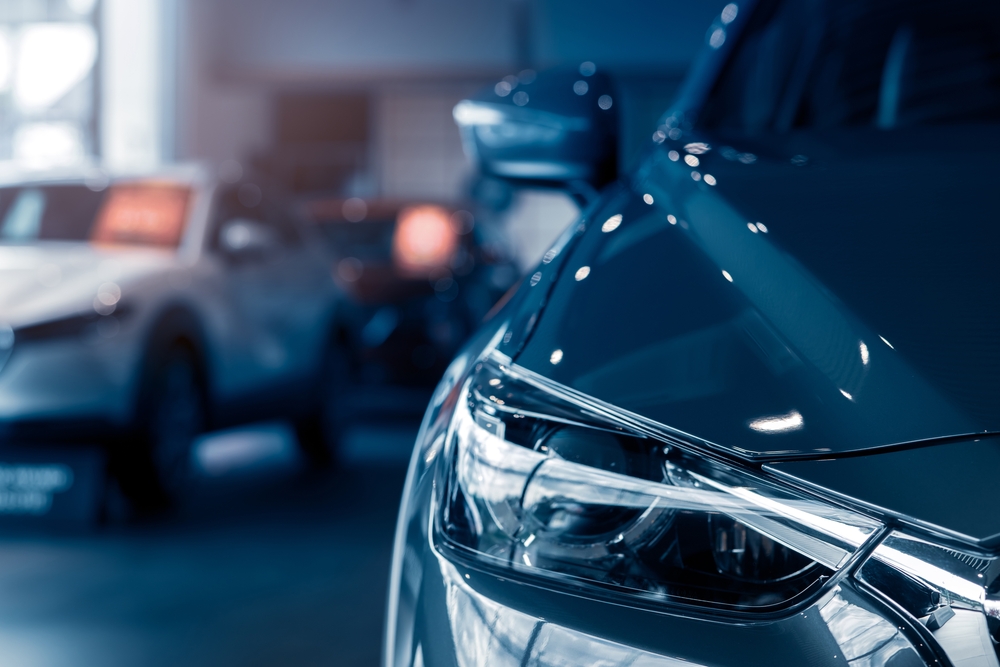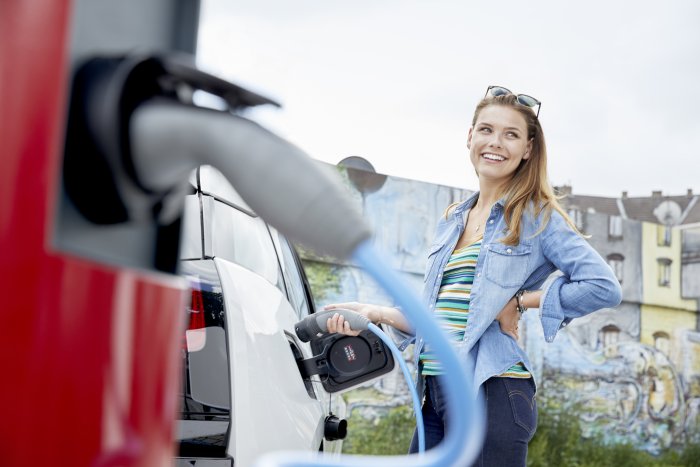Autonomous Driving – Factual and legal challenges

The following article was written by Eszter Sieber-Fazekas, LL. M., attorney (admitted in Hungary and in Germany) at Noerr & Partners Law Office.
Beginning of May the autonomously driven truck, the “Freightliner Inspiration Truck” crossed the roads of Nevada, chauffeuring Nevada’s Governor Sandoval and Daimler-Truck-Chief Wolfgang Bernhard. Background is, that the Inspiration Truck became the first commercial truck to receive an autonomous vehicle license plate in Nevada which – not coincidentally – is also the first state in the United States to approve and regulate autonomous driving irrespective of test and normal operation. Testing of autonomous vehicles is already allowed in four U.S. States.
In contrast, the legal regulations in the EU generally do not allow testing of autonomous cars –complicated and time-consuming special approvals must be obtained even for testing of autonomous techniques at traffic on public roads.
Different concepts
While various concepts of autonomously driven cars is one of the leading research and development sectors in the automotive industry, the legal background in the EU cannot keep pace with the technical innovations. In the following some autonomous driving concepts shall be presented:
Mercedes introduced its F 015 Luxury in Motion concept car. The interior looks nothing like the interior of today’s cars, more like a stylish and luxurious living room, with seats opposite each other or even with vehicle occupants with their backs to the dashboard. The A7 Sportback, autonomous car, called Jack, is able to change lanes on the highway autonomously, even managing to overtake other cars without human intervention. Jack drove 900 kilometers from Stanford to Las Vegas and was also tested in April on the busy German highway A 9. This concept car developed for driving long distances on highways requests the driver to take over the wheel when approaching populated areas. The newest test model of BMW, the BMW i3 however, was developed with the express purpose of making driving in city traffic easier: after the driver gets out of the car and presses a button on his smartwatch, the car looks for a parking space on its own and parks in the selected space. It even rolls back out of it parking space at the command of its “owner”.
Legal situation in Europe, in particular Germany and Hungary
In fact, the relevant legislation is not moving with the times in Germany or in Hungary. The 1968 UN Convention on Road Traffic (Vienna Convention) was implemented in Hungary by Statutory Rule No. 3 of 1980 and has been ratified by most European countries. Article 8(5) of the Vienna Convention does not differentiate between horse-drawn carriages and vehicles: “Every driver shall at all times be able to control his vehicle or to guide his animals.” The UNECE working party on Road Traffic Safety filed an amendment in connection with the most critical parts of the Vienna Convention at its meeting held between 24 and 26 March 2014, but the reform can come into force beginning in 2016 at the earliest. According to this possible amendment, the above conditions stated in Article 8(5) will be considered met if the vehicle meets the requirements mainly of the ECE regulations. The amendment of the Vienna Convention, i.e. the reference to the ECE Regulations, would clear the way for further levels of automation.
Who will be liable?
Another legal issue with respect to autonomous vehicle systems is liability: since a computer takes over control of the vehicle from the human driver, the human driver becomes a passenger. It is a fact of life that 90% of road accidents are caused by human error. It is, however, currently unclear how a differentiation should be made between human error and computer error, e.g. did the computer hand over control of the car to the driver too late or did the driver not react in time after the handover?
It is questionable how applicable the traditional liability regime is, which holds the driver or operator of a vehicle liable. While some people think that the manufacturer’s product liability will come to the fore, others say that autonomous systems do not make any difference to the strict liability of the driver or operator of a vehicle. If the operator’s strict liability remains a key factor in the Hungarian legislation, it will be the task of the Hungarian High Court to determine the scope of strict liability for the operation of autonomously driven cars.
SUPPORT THE BUDAPEST BUSINESS JOURNAL
Producing journalism that is worthy of the name is a costly business. For 27 years, the publishers, editors and reporters of the Budapest Business Journal have striven to bring you business news that works, information that you can trust, that is factual, accurate and presented without fear or favor.
Newspaper organizations across the globe have struggled to find a business model that allows them to continue to excel, without compromising their ability to perform. Most recently, some have experimented with the idea of involving their most important stakeholders, their readers.
We would like to offer that same opportunity to our readers. We would like to invite you to help us deliver the quality business journalism you require. Hit our Support the BBJ button and you can choose the how much and how often you send us your contributions.







